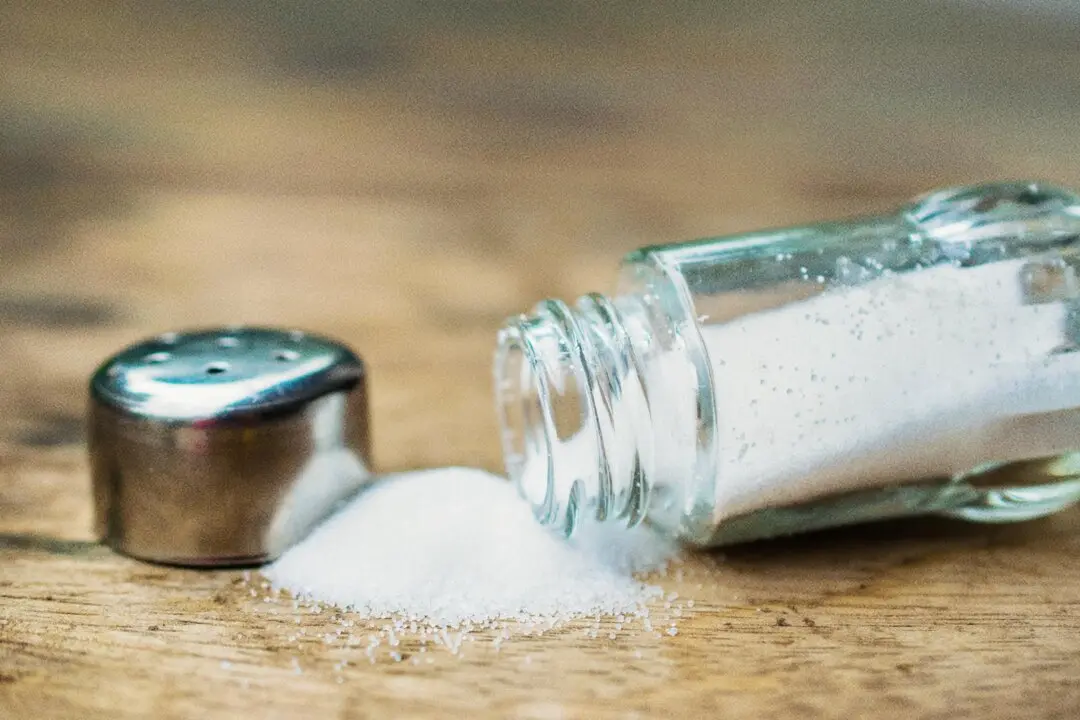Accidental burns and scalds happen from time to time in daily life. Knowing how to properly treat them in an emergency can prevent infection and scars.
Wu Kuo-pin, director of Xinyi Tang Chinese Medical Clinic, said that traditional Chinese medicine (TCM) has its own set of special clinical methods for the treatment of burns and scalds, which are easy to learn and have amazing effects. Here he introduces six first-aid methods for burns and scalds, which anyone can administer at home.






